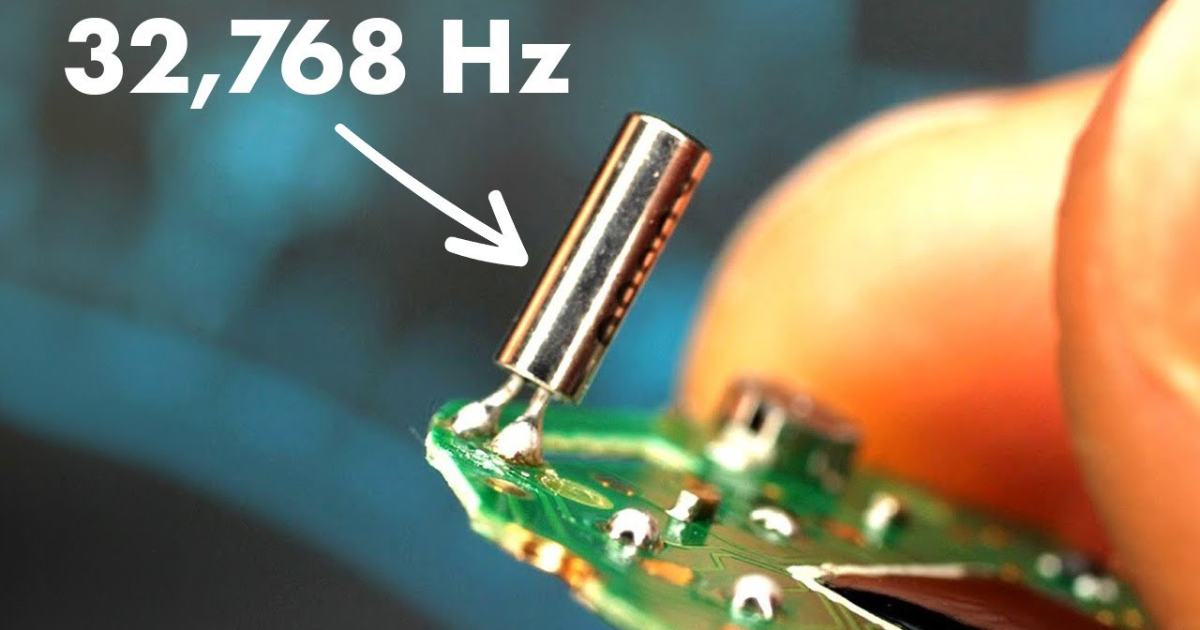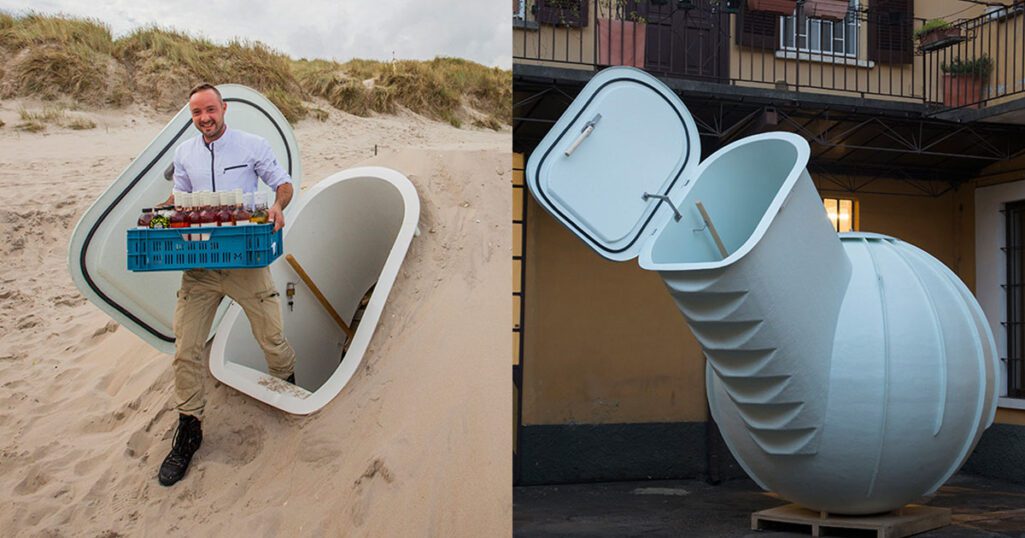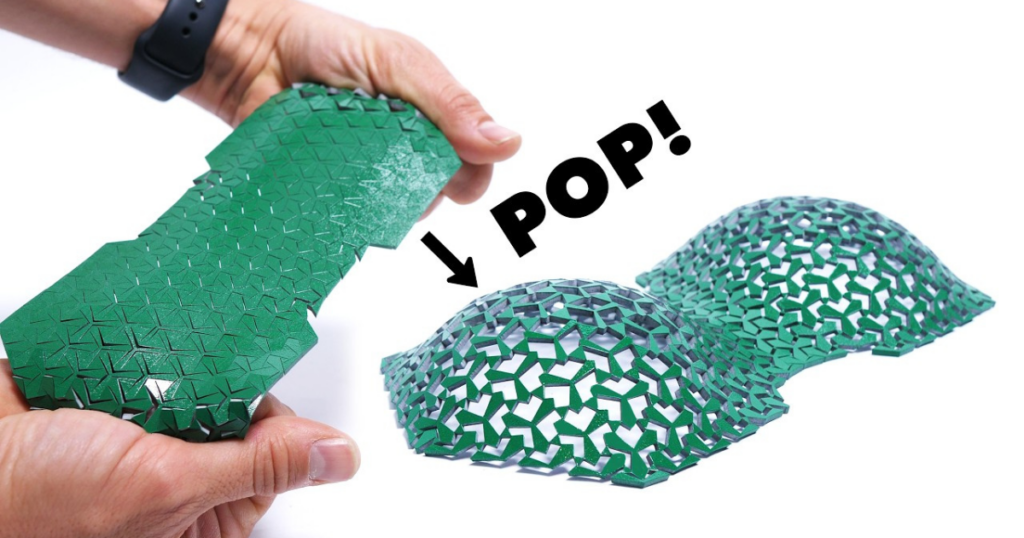
Have you ever encountered a material that defies expectations, transforming from flat to three-dimensional in an instant? This video delves into the fascinating world of bi-stable auxetic structures, materials that possess remarkable properties unlike anything you’ve seen before.
Demystifying Auxetic Materials: Expanding When Stretched
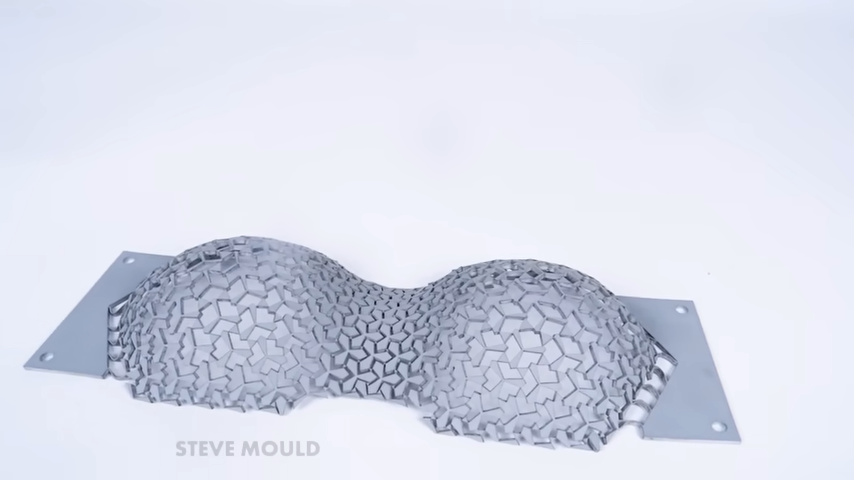
Imagine a material that behaves opposite to our intuition. When you stretch a piece of rubber, it thins out in the other direction. But auxetic materials are different – they actually expand in both directions when stretched! This unique behavior is attributed to their intricate internal structure, where tiny components cleverly interact to create the counterintuitive expansion.
The video introduces the concept of Poisson’s ratio, a measure of a material’s response to stretching. Normal materials have a positive Poisson’s ratio, like rubber, while auxetic materials have a negative one. Cork, for instance, with a Poisson’s ratio near zero, maintains its width when squeezed, making it perfect for wine bottle stoppers.
Introducing Bistability: The Snap Factor
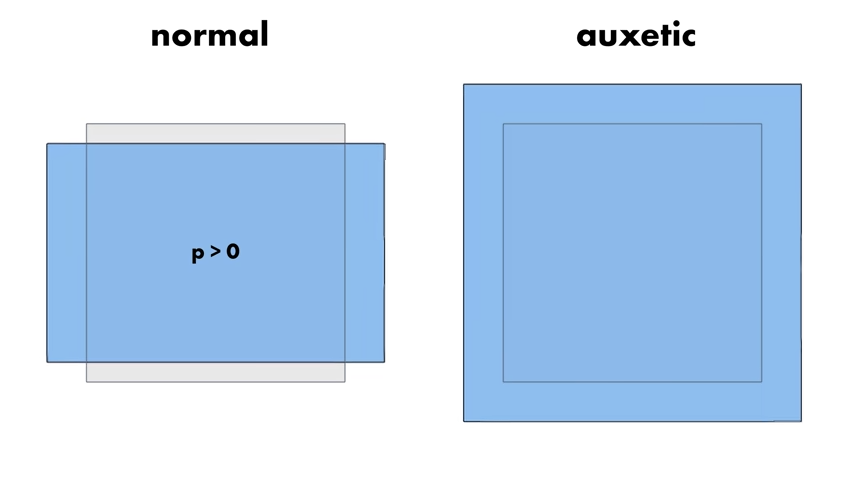
Now, let’s add another layer of complexity – bistability. Bistable mechanisms, like light switches, have two stable states. You can push them to one state, and they’ll stay there until you apply enough force to flip them to the other.
This video showcases a 3D-printed bistable structure made from PETG filament. It exhibits two stable states: flat and curved. But the real magic lies in the transition. By strategically placing cuts in the material, the designers create a structure that “snaps” into its curved form when stretched, and then “snaps” back flat when relaxed.
The Art of Fine-Tuning: Tailoring Shapes and Stability
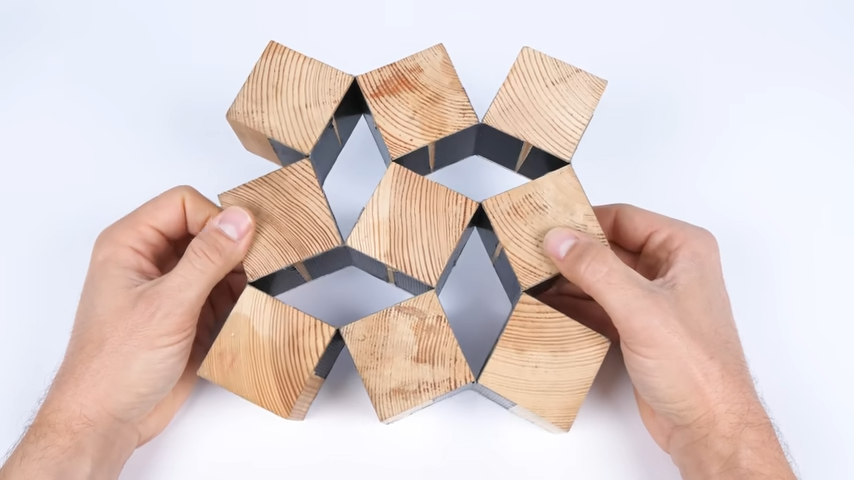
The beauty of this design lies in its tunability. By adjusting parameters like the length of specific lines and angles within the structure, researchers can control the amount of expansion and even dictate the final deployed shape. Imagine a flat sheet morphing into a dome or any other desired form!
But how do we choose the right parameters? The video introduces heat maps, a visual representation of how different parameter combinations affect expansion and stability. By analyzing these maps, researchers identify the optimal combination for a desired shape with the necessary stability.
Beyond the Lab: Potential Applications
This innovative material holds immense potential in various fields. Medical stents, for example, could be designed to adapt to the specific shape of arteries, offering a more personalized and effective treatment. The possibilities are truly endless, limited only by our imagination.
A Glimpse into the Future: Self-Assembling Auxetic Proteins
The video concludes with a glimpse into the future, introducing self-assembling auxetic protein lattices. Imagine a material that exhibits auxetic and bistable properties at the molecular level, capable of snapping between different sizes! This opens up exciting possibilities for creating advanced materials with unprecedented properties.
This exploration of bi-stable auxetic structures offers a glimpse into the remarkable world of material science, where innovation and creativity converge to push the boundaries of what’s possible. So, the next time you encounter a seemingly ordinary material, remember, there might be more magic hidden within than meets the eye!

